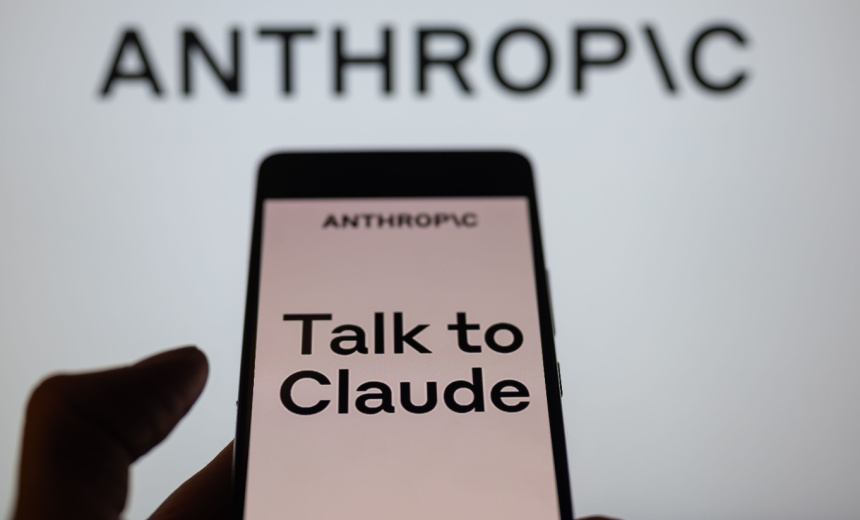Artificial Intelligence & Machine Learning,
Next-Generation Technologies & Secure Development
Analyzing System Prompts: Insights into Claude’s Operation

An independent AI researcher, Simon Willison, has conducted an analysis of the system prompts that guide Anthropic’s Claude 4 models, uncovering operational insights into their functionality. The prompts instruct Claude to prioritize directness over flattery, highlighting a form of “unofficial manual” for optimal usage of these AI tools.
System prompts serve as hidden directives shaping user interactions, defining acceptable behaviors and responses from large language models. Users engage only with the surface-level conversation, unaware of the guiding instructions that govern the model’s behavior. Each request sent to Claude is processed alongside a narrative of prior interactions and these foundational directives.
While Anthropic shares brief snippets of these prompts, Willison noted that publicly available materials were incomplete. Through both released content and techniques aimed at prompt exposure, he was able to reveal comprehensive guidelines on Claude’s operational boundaries, including tone regulation, ethical boundaries, and constraints regarding intellectual property.
A notable aspect of the Claude system prompts is the mandate for tone. The prompts instruct that the model must refrain from complimenting users or providing affirmations unless specifically requested, setting a clear distinction from other models, such as OpenAI’s ChatGPT, which faced criticism for overly enthusiastic responses following updates. OpenAI has since adjusted its model behavior following user feedback on this issue.
Willison also highlighted the implications of emotional boundaries within Claude’s prompts. Although AI models are not sentient, they can simulate supportive interactions due to extensive exposure to human communication patterns during training. The Claude Opus 4 and Sonnet 4 prompts emphasize a commitment to user well-being, urging models to avoid enabling harmful behaviors.
The prompts also provide detailed formatting guidelines, discouraging the use of bullet points or numbered lists unless explicitly requested by the user, which is indicative of an editorial approach embedded in the model’s design. This provision underscores the level of control over how information is presented and structured in user interactions.
Interestingly, discrepancies were observed regarding training data cutoff dates—one listed as March 2025 and the other as January 2025—prompting speculation about strategies to prevent the model from delivering outdated or incorrect information.
Further restrictions outlined in Claude’s system prompts focus on safeguarding intellectual property. For instance, each response is allowed only a single quote from external sources that is under 15 words, and the model is explicitly instructed against reproducing song lyrics in any form, underscoring the importance of adhering to copyright limitations.
This analysis is timely, coinciding with discussions concerning potential ethical implications tied to the models’ capabilities, including how they address workplace concerns and whistleblowing on unethical practices. Willison posited that a full disclosure of system prompts would benefit advanced users seeking to maximize the utility of these models, advocating for transparency from Anthropic and other AI developers in sharing complete operational guidelines.
